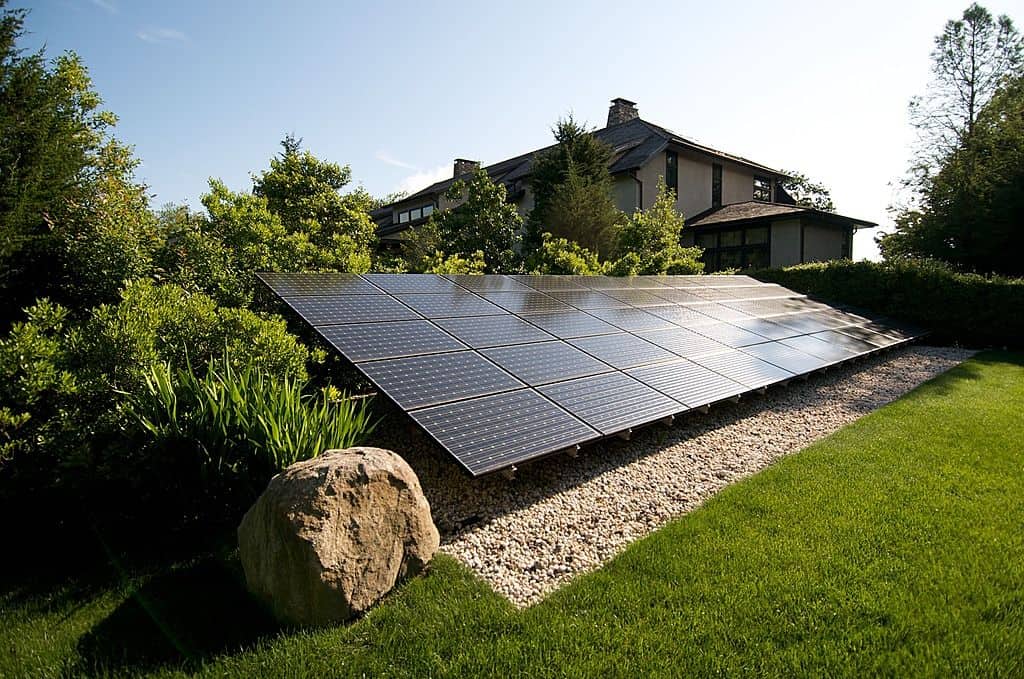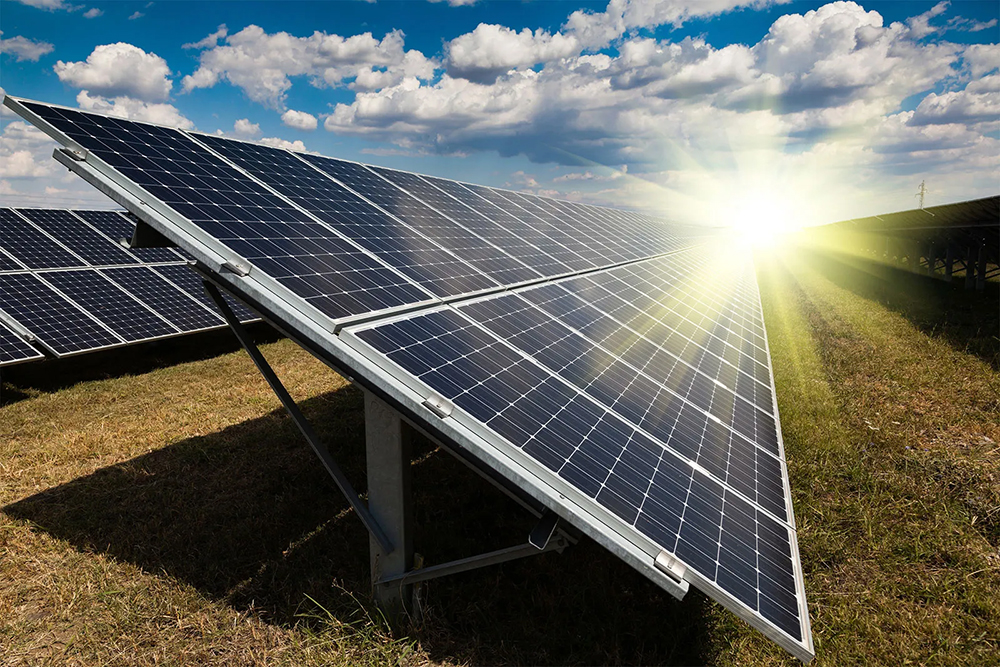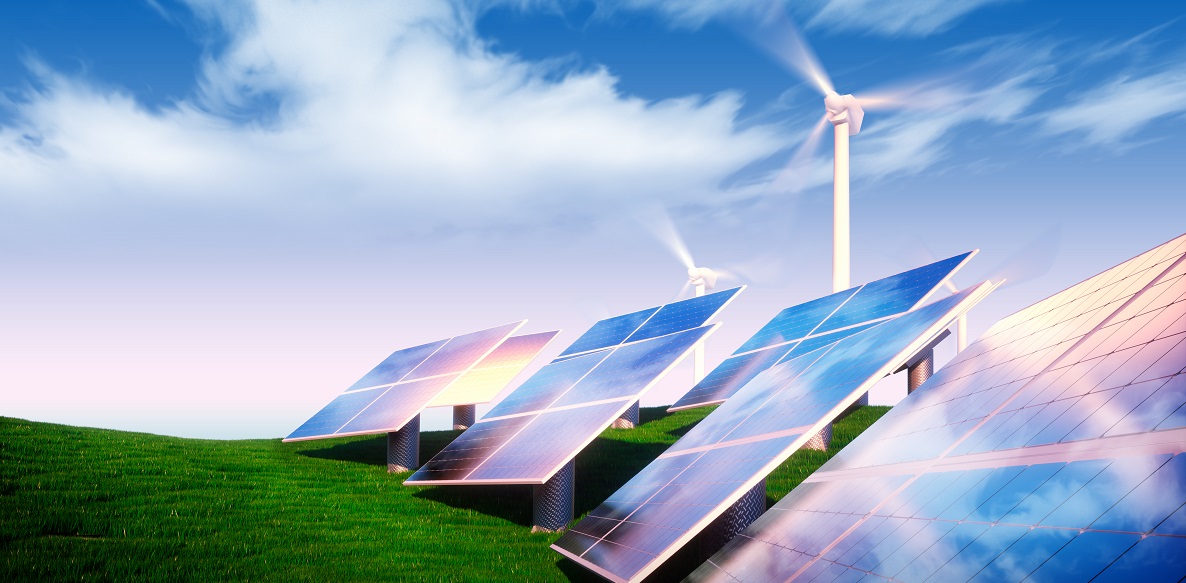Cost-Effectiveness
Polycrystalline solar panels are generally less expensive monocrystalline color, and they again making a good choice for residential rooftop installations in addition to large commercial systems. They are less expensive, per watt than monocrystalline ($0.70-$0.90) - about 20 to 30 percent cheaper.
Large-scale farms in operationPolycrystalline panels are common in the world of large-scale solar farms, thanks to their durability and cost competitiveness. In one home project in California, more than 2000 polycrystalline panels have found their place on a solar farm allowing for optimal conversion of the suns light into power. This configuration produces 500 kW of electricity on average each day, an arrangement that offers a balance between cost and output efficiency. The farm has lower initial costs but still meets high energy expectations.
Residential UsagePolycrystalline panels are a common choice for residential use as they tend to be inexpensive and function well under various types of weather conditions. A home installation with 20 polycrystalline panels can essentially take care of up to an insane seventy percent off your residential electricity demand translating really quickly towards sizable cost savings on utility bills. Even with local solar incentives and electricity rates, a homeowner can expect to break-even on their purchase in 5-7 years.
Technological IntegrationInnovative technology integration with the performance of polycrystalline panels. Smart grid technology which can be married with these panels to ensure best power distribution and minimal wastage This integration enables a faster real-time response to the fluctuations in solar availability and energy needs, boosting overall system efficiency by an additional 5%.
There are other technologies that have the same objective and purpose in mind.
Polycrystalline solar panels have a better ROI compared to thin-film. Most of thin-film panels, which are somewhat more efficient in case or decreased light and tend to have heat out less readily than silicon-based solar cells (10%-13%)ypical lifespan for deep cycle battery). Polycrystalline panels deliver a decent hybrid, they are not as efficient and long-lasting than mono-crystal clear panels however, in change for their affordability (usually about 5-10% less expensive) they give all model weeks-of-maintenance-free daily life you will need right after modification to sun power systems.
Color Variations
Polycrystalline solar panels are easily recognizable by their blue coloration resulting from the cooling of silicon into many crystals.
Effect on absorptionPolycrystalline panels appear blue because they are coated with an anti-reflective coating that enhances the absorption of light. This coating generally increases the absorption of energy by reflecting light that would otherwise bounce off the panel surface. This coating can increase the overall efficiency of the panel by 2% compared to uncoated panels.
Aesthetic integrationThe blue hue of polycrystalline panels appears to be a trade-off that dictates their use in certain architectural designs. A residential complex in Arizona incorporated the panels into its design, choosing them because their color matched the project’s glass curtain wall. All of this has been integrated into the complex without compromising its energy. Not only does functionality no longer create waste, it actually enhances the beauty of the building.
Market perceptionBuyers’ decisions may be particularly influenced by market perceptions of the cost-effectiveness of blue panels. Monocrystalline solar panels are probably one of the most popular and aesthetically pleasing solar panels for residential customers - some consumers may like the more consistent black hue that monocrystalline panels always maintain. Others are attracted to the different look and more economical price of polycrystalline panels, but without sacrificing efficiency.
Performance in various lighting conditionsThese blue polycrystalline panels work slightly differently than black panels in different lighting conditions. Due to the specific light absorption capabilities of blue panels in areas with long diffuse sunlight hours such as Northern Europe, bulk buyers can get slightly higher output. This is especially true in cloudy weather, where the output of black panels is about 85% of their maximum output; but in this case, it can reach up to about 90%.
Manufacturing Process
The production method used in the manufacturing of these polycrystalline major solar panels, are what largely define how cost-effective and green they can be.
Silicon Crystal FormationMelting raw silicon at 1,400 degrees celsius into a pool of molten material. The pool is allowed to cool and solidify, forming the characteristic multi-crystalline structure before silicon crumbs are thrown in. With this method, commonly called the "cast block" process, energy consumption for monocrystalline silicon is also reduced by one-third compared to the Czochralski process; casting blocks only requires ~12% less energy than that.
Wafer SlicingOnce the silicon block is created, it's sliced up into thin wafers using a wire saw. This process must be carefully controlled in order to minimize the thickness of the saw-wire and tune with that setting, wafer-cuts affecting width. Wafer thickness has decreased over the course of a decade, from 200 microns on average to around 180 microns today - this results in higher number of wafers (read hash rate) extracted out of Italian silicon blocks with less waste.
Cell FabricationThese wafers are subjected to a series of chemical and physical processes that enhance their electrical characteristics. These techniques involve texturing to create an enhanced light-absorbing surface pattern and coating with anti-reflective. In this step phosphorus is diffused into the silicon wafer to create an n-type semiconductor layer, which will enable generating a flow of electrons that generates electricity.
Panel AssemblyAll individual cells are interconnected and placed between EVA (ethylene-vinyl acetate) in multiple layers to put them under a tempered glass sheet inside a weatherproof frame. Making sure that panel can withstand years of weather and mechanical stresses, which often translates into hours or days in a lab where it undergoes numerous tests.
On the assembly line, throughput has greatly benefited from increased levels of automation and decreases in manual labor costs. The modern assembly line can produce a complete panel every 15 seconds-a far cry from the one-per-minute speed of earlier title machines.
Energy Efficiency
Price-effective: This clearly gives them an advantage because the common energy efficiency of polycrystalline sun panels is relatively low; they do not value as plenty to supply. They are a bit less efficient compared monocrystalline panels, but the gap has been closed thanks to advanced technology.
Efficiency RatingsPolycrystalline solar panels have efficiency rates of between 15% and 17%. This tells you what percentage of sunlight the panels are able to convert into usable electricity. A 250-watt polycrystalline panel, will occupy less than 1.7 square meters and deliver that level of output under perfect conditions. But recent advances in texturing and antireflection coatings have boosted these boundaries all the way to darn close to 18%.
Comparative PerformancePolycrystalline Panels vs Other Solar Technologies: How They Compare Polycrystalline panels are a jack of all trades when it comes to efficiency as opposed other solar technologies. Thin-film panels top out at an efficiency of about 11-13% but are least expensive and more versatile.
Long-term Output StabilityThe most obvious advantage of polycrystalline panels is their longevity. These panels will maintain roughly 80% of their original efficiency after being operational for up to 25 years. This durability is possible because of the stable chemical structure of silicon crystals that degrade at a lower rate when compared to other photovoltaic materials.
Application SpecificsWhile these panels are slightly less pared down in terms of efficiency than monocrystalline, the cost per watt is often lower with polycrystalline at large-scale installations-such as solar farms. A solar farm located in Spain found that the setup cost was reduced by 15% using polycrystalline panels instead of monocrystalline while only losing approximately around 5% in efficiency as it could have done with an ideal Monocrystalline-only setup.
Durability
Polycrystalline solar panels offer the kind of durability and longevity that you would expect from a durable, long-lasting technology in nearly all weather conditions.
Material StrengthPolycrystalline panels use a type of silicon that is highly durable and can endure the harshest environmental conditions high winds, hail, even heavy snow loads. Manufacturers tend to armor the panels with anodized aluminum frames and tempered glass for added strength. These panels can actually withstand being hit by a hail as fast as 50 mph.
Environmental ResistanceHigher durability to environmental friendly design of solar panels are desired, is achieved in polycrystalline panels. We take them to extreme temperatures all the way from -40 degrees Siberian winter chillie moments and bake up to 85C desert heat. From the freezing places of Northern Europe down to the Sahara desert. They perform under different light conditions and temperatures with a reduction in efficiency of less than 0.5% per year, demonstrating their longevity.
Warranty and LifespanMost manufacturers provide warranties for 25 years on polycrystalline solar panels, this is a good indicator that they will last. This is supported by real-world data where plenty of installations are still seeing less than a 20% performance drop after two decades of continuous use. A solar installation in Germany was built 20 years ago and today it still outputs more than 90% of their original production numbers - fully exceeding estimates from back then.
Installations along the coastConditions near the coast where salt mist and high humidity contribute more quickly towards corrosion in poorer quality panels, Polycrystalline continues solidly. 10-year-old polycrystalline panels installed on the coast of Florida held up well and lost only a few points in output years hence because they had been very effectively encapsulated when manufactured to laser-weld all connections (watch for cold solder joints) and use corrosion-resistant frames.
Warranty Terms
Polycrystalline solar panels are backed with significant warranty terms as manufacturers are confident that they will last many years.
Standard Warranty CoverageMost polycrystalline solar panel warranties assure that the panels will produce at least 80% of their original capacity for twenty-five years. This is on top of a first-decade warranty for materials and labor. One of the top manufacturer boasts that their panels have an efficiency decrease guaranty of no more than 0.7% per year which means minimum a performance level at only 82 % by the end of its age; let's say after about quarter ON century (25 years).
Enhanced Warranty OptionsEnhanced warranty termsAlthough it's not very common, some manufacturers offer better than standard conditions in their beat the guarantee war. This could come in the form of warranties offered for 30 years or longer, depending on the manufacturer, and be designed to cover other items environmental damage - even labor costs when it comes time to replace any underperforming panel. A recent hail storm in Texas replaced damaged panels at no charge to the owner due to extended warranty terms included within their installer.
Warranty Claims and ServiceA warranty claim often requires you send in evidence of the defect and proof of purchase. In order for the warranty to be valid, any inspections or repairs required typically must carried out by an authorized service provider. With customer support centers and online portals to submit claims or check case status, the process is very user-friendly.
Real-World Warranty ExamplesBecause polycrystalline panels are so tough warranty claims come far and few between. Still deemed as a word of caution, but typically are rectified in short order when they occur. In New Jersey when a rare electronic fault affected a batch of panels over the course several days. This showed that the company doesn't just provide poor-quality products, but they also produced high quality ones and replace older models with new one free of charge which proves their commitment to customer satisfaction and trust in its longevity.



